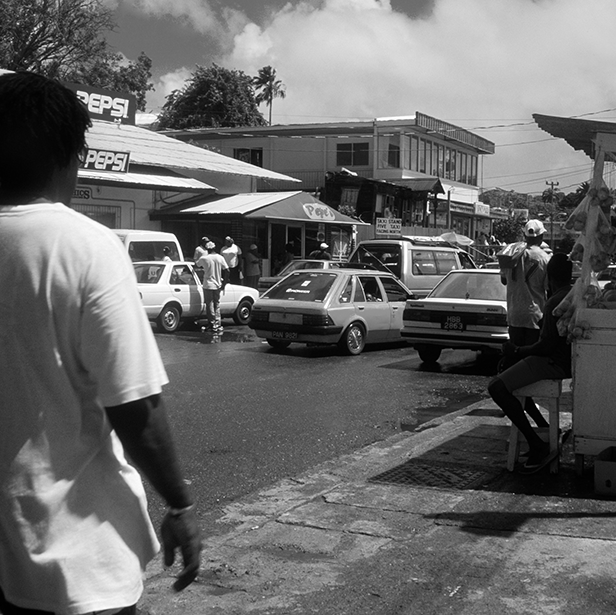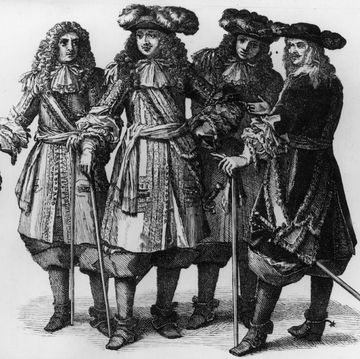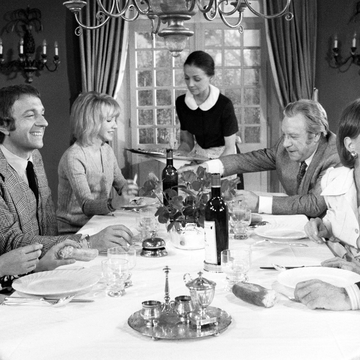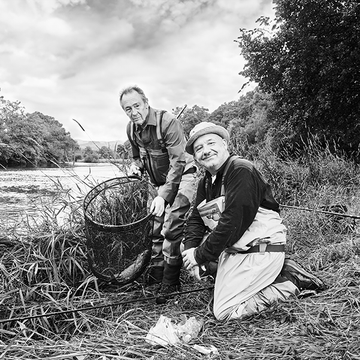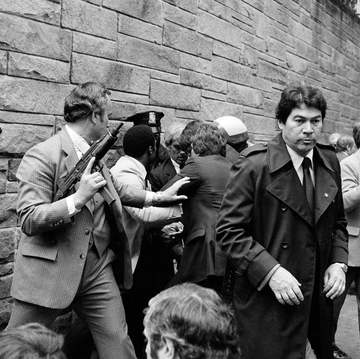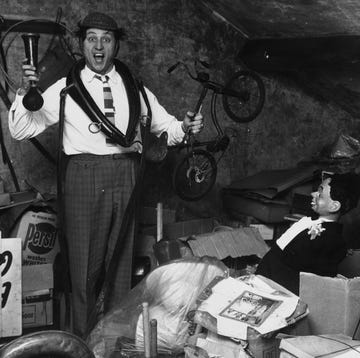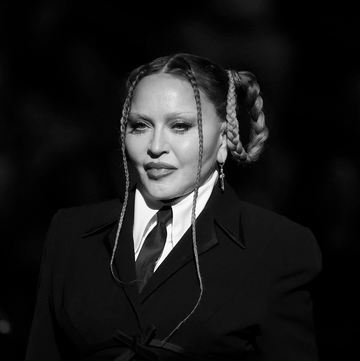The first thing I killed with intention was a house gecko. I was four years old then. I had trapped it in a plastic bowl and I’m not sure how to explain the way I had killed it except to describe how cats sometimes kill their prey —I played with it to death. I hadn’t beheld death before but as soon as its jaw slackened, I knew it had passed. I presented the dead gecko to my disappointed mother. “That is a sin you do there, killing that thing for no reason,” was all she said. I felt immense regret then — and it was probably the first time I’d felt such a thing.
Twenty-five years later, I am driving home from work, two streets away from the turn-off into my neighbourhood. It seems like any other Friday afternoon in Trinidad and Tobago. It is 3.30pm. I’ve just gone past a pub and am now somewhere near a soup shop and a Play Whe gambling booth. A trio of older men are sitting on metal chairs, chatting in front of their house. A stone’s throw away, a gaggle of primary-school children, strapped with over-sized backpacks, await the next maxi-taxi. At the booth, a young man straddles his bicycle, fidgeting with some bills. Directly before me is a red hatchback. A woman in white scampers across the street as if hailing a warning. Before she can get to the other side, that red hatchback suddenly brakes and three men, their mouths covered by bandanas, lean out of the windows with automatics. Round after round comes out. From behind my windscreen, the dampened sound is akin to the crescendo of microwaveable popcorn. The man on the bicycle is now on the ground. The woman does a complete 180 while the men on the metal chairs jolt to their sides and the red hatchback speeds away. I catch the first three letters of the license plate: PBE. A person is hollering, “Nah, boy! Nah! Nah!” The bicycle man’s skin is turning grey, his eyes rolling back until they now look white. The way he has collapsed, all wrung and contorted, makes him look like he has five arms. It doesn’t register what really transpired until I see the vomit spewing from his mouth. That I am eyewitness to a murder.
The digits for the police station are on my phone screen but I never press Call. Doesn’t matter. My statement and testimony — unreliable, useless. Later that day, CCTV footage is released on the murder. The red hatchback morphs into a mint-green Toyota Yaris. The woman’s top shifts from white to red. It was two men, not three. And they had both completely emerged from the car to do the deed. The license plate? PCJ. I’d been told about how memory gets foggy in the disarray of a moment but it is still quite unsettling to me how confident I am of my own version of details, how my mind has scripted an entire different interpretation of the truth. But I know truth is simply truth, unmalleable, unpersuaded — it neither can have interpretations nor can it ever be owned. What I had in my mind was far away from it.
The following day, the men are back on their metal chairs, palms resting on their bellies, laughing for one reason or another. Boxes being offloaded from trucks. Passengers and crocus market bags shuffling in and out of maxi-taxis. A man cat-calls to an unseen woman, “Family! Family!” The Play Whe booth is open for business. People talk about going to that particular booth to lay down 20 dollars on the number four. Some context: each number is linked with a figure: 12 is King; 20 is Dog; 33 is Spider. And, well, four is Dead Man. The following week, the bloodstains are powerwashed from the pavement. A strange sadness wells up in me. That cerise discolouration of the concrete had seemed like some macabre memorial. It lasted longer than the news coverage.
Hollywood renditions of killings are usually explosive, calamitous, sometimes exhilarating, sometimes operatic, set to strings, set to percussion, in tones of harmony or discord. You expect killings to happen in fiction because they are a means to drive conflict and plot and character catharsis and so on and so on. There, they have purpose. What I have witnessed still seems unreal, like my mind has been spoilt with years and years of ideas of what a killing is supposed to look and sound like, and is now at odds with itself. Is this why the details are so scrambled in my head?
Seven years later, the police will still not have caught the perps, despite the damning footage, and will have never reported any solid motive for the killing. The only follow-up to the investigation would be that they’d found the mint-green Yaris abandoned on a side street and that it had been reported stolen a few days prior. When they release the victim’s name, I search it on Google and social media only to find that his online footprint is precisely the size of his murder.
Even after all this time, my mind’s eye still betrays me. My wife finds something curious about my account. Sometimes the dead man still appears in my dreams, I tell her.
Dreams? She asks. Not nightmares?
For years, I’d used the word nightmares. But the truth is, I don’t think I’ve ever had any nightmares of the man. He manifests mostly in the backdrop, the periphery, still on his bicycle, still alive, frozen in time. His face changes with each appearance, and each time it appears gentle. Perhaps I wanted them to be nightmares —because why would I not have nightmares about what I witnessed? I didn’t want to think I could get used to having such a thing in my head. But then I think: if I were murdered, I wouldn’t want anyone having nightmares about me — anyone other than my killers, that is. I once had a nightmare about the dead house gecko. When it comes to this man and his extinguished world, they have always been just dreams.
Kevin Jared Hosein is the author of Hungry Ghosts, which has been recently been longlisted for the Walter Scott Prize for Historical Fiction. This piece appears in the Summer 2024 issue of Esquire, out now
